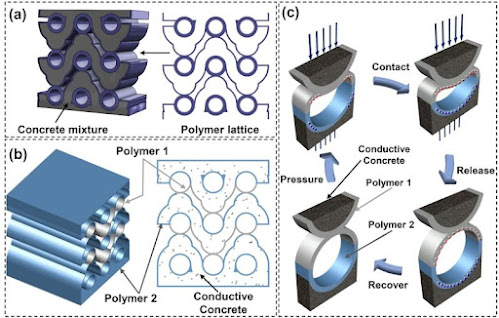Today's KNOWLEDGE Share:
EV BATTERY:
Although lithium-ion batteries have high energy density and cycle life, the cost and safety of the batteries limit their widespread use in this field. Sodium-ion batteries not only have high safety and cycle life, but also have obvious advantages over lead-acid batteries in terms of energy density, making them a good alternative to lead-acid batteries in the field of low-speed electric vehicles. In the low-speed vehicle market, sodium-ion batteries are cost-effective and competitive. The low-speed vehicle market does not require high energy density and the performance of sodium-ion batteries is sufficient to meet the needs of low-speed electric vehicles.
After determining the standard for miniature low-speed pure electric passenger vehicles, the majority of car companies have clear goals, and they have tried to slice the cake in the low-speed electric market and launched low-priced A00-class electric vehicles. Beginning in July 2020, China has organised new energy vehicles to the countryside for three consecutive years. Among them, A-class and A00-class pure electric vehicles have become the main models for going to the countryside.
Low-speed vehicles and A00-class electric vehicles have low cruising range and low requirements on the energy density of power batteries. In 2018, Zhongke Haina launched the world's first low-speed electric vehicle driven by a sodium-ion battery (72V, 80Ah), opening up the world's first low-speed electric vehicle driven by sodium-ion batteries.
At present, there is a strong demand for short-distance transportation such as picking up and dropping off students to and from school and short-distance shopping in urban areas. With the acceleration of urbanisation in rural areas, road transportation facilities are gradually improving, and the demand for motorised travel is increasing. Against the background of stricter regulations and rising cost of lithium-ion batteries, sodium-ion batteries are expected to develop rapidly in the field of low-speed vehicles and A00-class vehicles.
Source:Brendan Jephcott
Visit MY BLOG http://polymerguru.blogspot.com
#ev #evbatteries #evchargers #lithiumionbatteries #sodiumionbattheries
#electricvehicles #alternativeenergy #carbonneutral #batteries #energy #safety #travel #transportation









